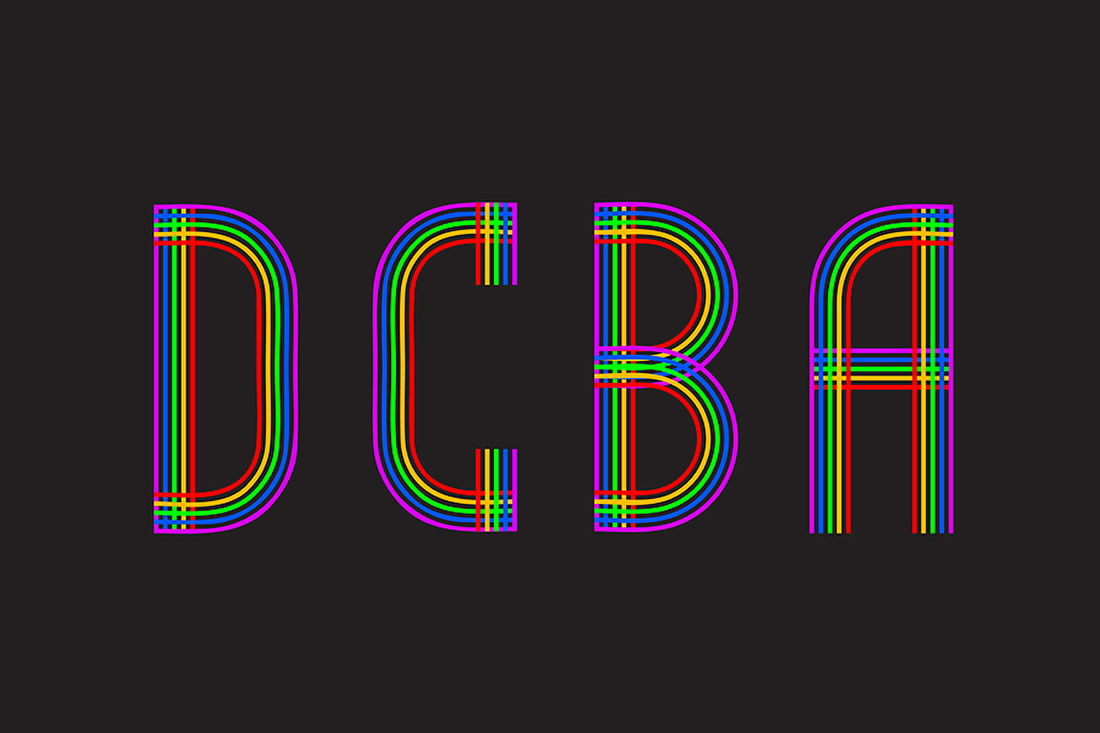Better Donor Cultivation: The DCBA Process for Campaign Volunteers

Often our Capital Campaign Pro members ask questions on the weekly peer support calls that open the way to new insights or ways of thinking. And a couple of weeks ago, that’s what happened.
One of our members asked this question:
“I’m getting a group of 10 campaign volunteers together to work on cultivating prospective campaign donors. At the meeting we will review a list of donors and each volunteer will select people on the list they know or have some contact with.
How can I help my volunteers develop an action plan for each of their prospects? Just telling them to go out and cultivate those donors seems way too vague!”
Her question struck a chord with most of the people on the call.
Most campaigns have a list of prospective donors who are worthy of cultivating. But when you get down to it, people have very little idea of what that means and how to do it.
The DCBA Process: 4 Levels of Donor Cultivation
It didn’t take long before our Chief Happiness Officer, Sarah Plimpton, had a suggestion that proved to be a mike-drop moment. She said:
“I use the DCBA process.”
It’s a simple little system that’s easy to remember — even if the alphabet is backwards. Your campaign volunteers should think about four levels of cultivation.
1. “D” is Discovery
Effective cultivation is based on knowing a good bit about the prospect:
- Who are they?
- What interests them?
- Why might they be interested in our cause?
- Are they donors to our cause or more generally in the community?
- Do they have any prior connection with our organization?
This early discovery process prepares the next steps of cultivation. Some of the discovery might be done through simple research. But sometimes the best discovery is done in conversation with the prospect asking them about themselves.
2. “C” is for Contact / Cultivate
Once you know something about the prospect, you’ll be ready to make contact between the prospect and the organization. This can take several forms.
You might start by introducing them to the organization. You can tell them why you care and ask them what they care about. Or, you might invite them to visit the program. In this step, you’re testing to see if the prospect connects to the organization.
3. “B” is for Briefing
When you have determined that the prospect is interested and willing to learn more, you can brief them about the plans at the heart of the capital campaign and about the campaign itself.
If you aren’t comfortable having this conversation, you can involve the ED or DD or perhaps a board or campaign committee member in this stage of cultivation.
4. “A” is for Asking
And, once you’ve determined that the prospect is interested and willing to consider making a gift, the final step in the cultivation process is to ask the prospect for a gift.
Breaking the cultivation process down into four simple steps will give your volunteers a clear understanding of how they might develop a plan for each of their prospective donors.
Start Using the DCBA Process at Your Organization
To get the DCBA process started, you can facilitate a meeting of your volunteers to discuss the various things they might do for each step of the process.
- Group discussion of the possibilities of each stage will generate ideas you may not have thought of.
- And by creating a system for cultivation, you will have a way of talking your volunteers about where they are with each of their prospects.
In fact, you can create a simple chart that provides a way for the volunteers to take notes for every prospect based on this DCBA model. Let us know how it goes in the comments.
Free Campaign Guide for Board Members
Download our free campaign guide for board members to help them learn everything they need to know about a capital campaign.



Leave a Comment